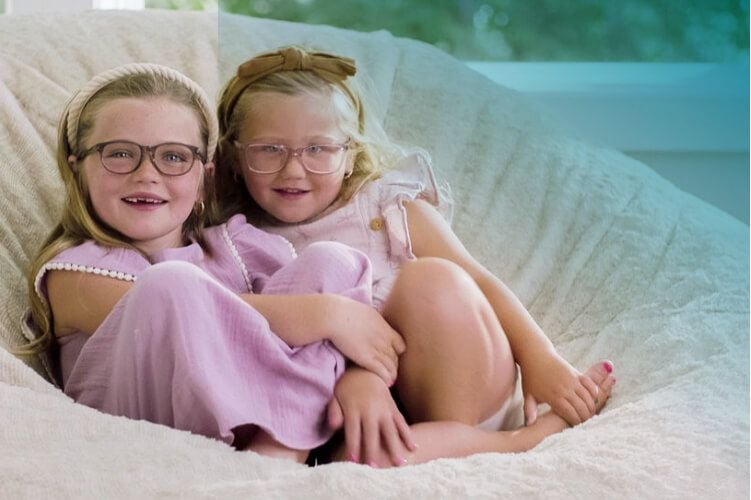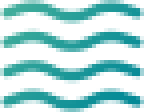
patients who received LUXTURNA®
What is LUXTURNA?
About LUXTURNA®
LUXTURNA is the first prescription gene therapy product to help improve functional vision in patients with an inherited retinal disease (IRD) due to a mutation in their RPE65 gene. It is a one-time gene therapy that has the potential to restore the visual cycle—the process that allows you to see.
Who LUXTURNA is for
LUXTURNA is used for the treatment of patients who have both of the following:
- An inherited retinal disease (IRD) due to mutations in both copies of the RPE65 gene
- Enough remaining cells in their retina as determined by a healthcare professional
RPE65 is a gene that is necessary to make a protein needed for vision
RPE65 gene mutations cause vision to deteriorate and may progress to complete blindness.
If you have mutations in both copies of the RPE65 gene, you may experience:
-
 Night blindness (nyctalopia)
Night blindness (nyctalopia)
-
 Loss of light sensitivity
Loss of light sensitivity
-
 Loss of sharpness or clarity of vision
Loss of sharpness or clarity of vision
-
 Impaired dark adaptation
Impaired dark adaptation
-
 Repetitive uncontrolled movements of the eye (nystagmus)
Repetitive uncontrolled movements of the eye (nystagmus)
IRDs and RPE65
A gene is the basic unit of hereditary information that is passed on to a child from their parents. Typically, every person has two copies of a gene, one from each parent. In the case of IRDs due to RPE65 gene mutations, both of the genes passed onto the child are mutated.

There are many IRDs
For example, Leber congenital amaurosis and retinitis pigmentosa are two types of IRDs. These are clinical diagnoses that are not based on mutations in specific genes, such as mutations in both copies of the RPE65 gene. RPE65 is one out of more than 270 genes that may be responsible for an IRD. Confirming your specific gene mutation or mutations with a genetic test is the first step to learning if LUXTURNA may be right for you.
Empower and inform your decision making with a genetic diagnosis
Go nowGene therapy overview
Gene therapy has the potential to enable treatment of complex diseases. Several innovators behind gene therapy research are targeting IRDs, making gene therapy a potential turning point for patients and caregivers in the IRD community.